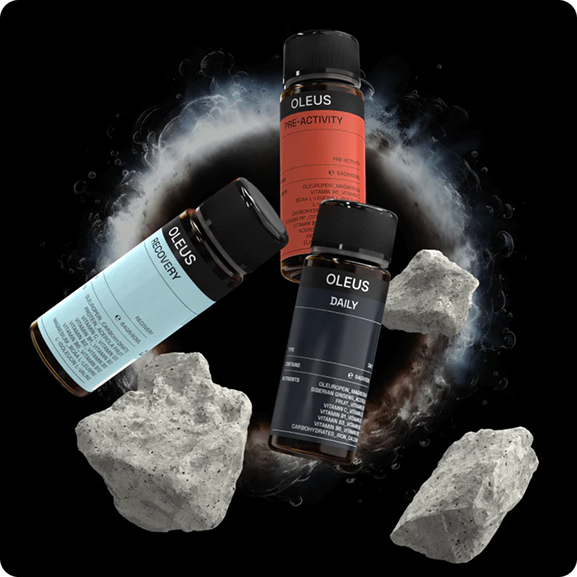Where Endurance Begins
Inside the Mitochondria
90% of our energy is generated by the mitochondria
Mitochondria are the organells that convert fuel and other nutrients into energy for muscle contractions. Our body is comprised of trillions of them
Mitochondria are the bedrock of endurance
An athletes endurance relies heavily on healthy mitochondria. Their function directly dictates an athlete's capacity to convert and supply energy during prolonged physical efforts
Optimised mitochondria function unlocks higher endurance
Convert carbs into energy more effectively, enabling full use of your gels
Convert fat store into energy more effectively, giving you access to an additional fuel source for endurance.
Convert lactate back to energy more effectively, giving you more efficiency and reducing lactate build up
Convert oxygen more effectively, improving your aerobic capacity, often measured as VO2 max
How it works
STEP 1
The fuel
Energy gels and drinks break down into glucose and nutrients, which enter your bloodstream
STEP 2
The flow
Glucose and nutrients flow through your blood to your muscles, supplying them with fuel
STEP 3
The conversion
Mitochondria in your muscle cells turn fuel and oxygen into ATP, the energy that powers contractions
STEP 4
The energy for movement
ATP energises your muscle fibres, allowing them to contract and release, which drives movement
Endurance unlocked at it's source, the mitochdonria
OLEUS targets the mitochdonria, making energy conversion more efficient for lasting endurance.

Explore how OLEUS targets the mitochondria through our scientific research.